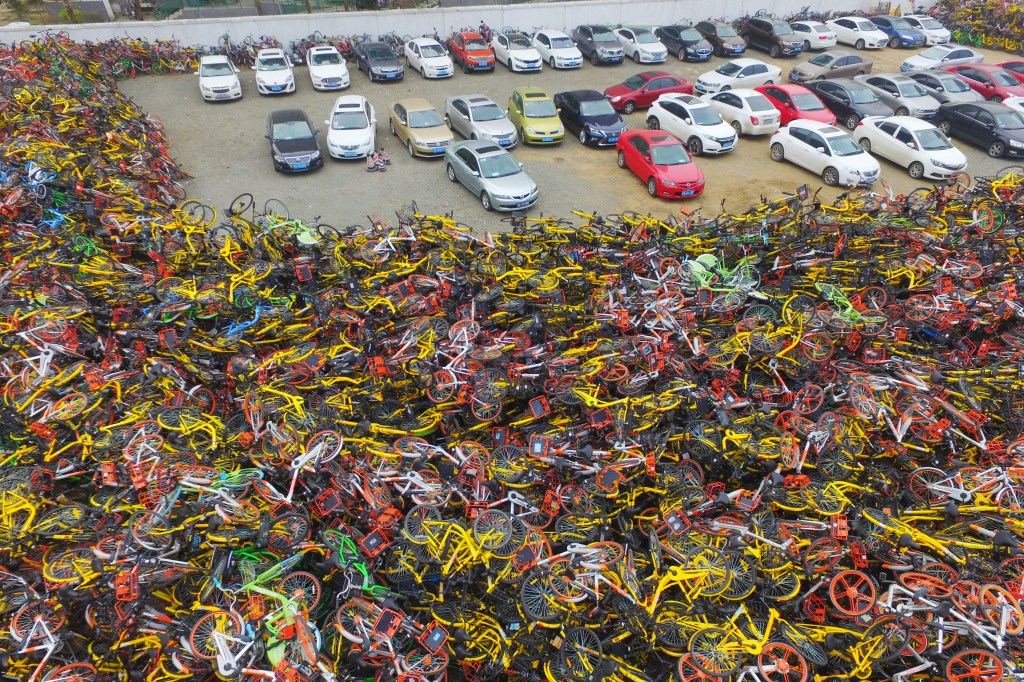A floating unmanned vessel has published some of the most nauseating footage ever captured at sea: What it is like inside a Category 4 hurricane. If you have even the slightest propensity to get seasick, I highly advise not watching the below clip:
The footage was captured by the sexily titled Saildrone Explorer SD 1045, as part of a joint partnership between the National Oceanic and Atmospheric Administration (NOAA) and the company Saildrone.
Videos by VICE
The press release said this was “the first video footage gathered by an uncrewed surface vehicle (USV) from inside a major hurricane.” Richard Jenkins, Founder and CEO of Saildrone, clarified to Motherboard that the “first” here was not merely that the vessel was unmanned, but also that the footage was captured in the eyewall, or most powerful part of the storm. “While some footage may exist from ships that were ‘near’ a hurricane,” Jenkins told Motherboard via written responses through NOAA’s press office, “we are not aware of any other footage recorded from the eyewall of a hurricane at the ocean surface.”
NOAA and Saildrone have been partnering since 2014 on the development of “more than 13 different sensors” for scientific research, according to NOAA Research director of public affairs Monica Allen. Over the years, the sensors have been tested in the Arctic, tropical Pacific, and Antarctica, where Allen said a Saildrone “circumnavigated Antarctica during the Southern Ocean winter, and in severe storms.” There, it collected carbon dioxide measurements for the first time in the Southern Ocean despite hitting an iceberg.
Icebergs are one thing, but hurricanes a whole other ballgame. Jenkins said the normal Saildrone can operate in winds up to 45 knots (51 mph), a far cry from the 150 mph-plus winds that can come with an ocean hurricane. So they made the sail smaller but much stronger, reinforced the hull, and reconfigured the hatch.
NOAA hopes to use the data collected to improve their understanding of the “underlying physics” inside a hurricane, said Dr. Gregory Foltz of NOAA. The ultimate goal is to improve forecast models and better predict when and how hurricanes will undergo rapid intensification, in order to “save lives and property.”
Unfortunately, we regret to inform you that Saildrones may also work as cops. Next, Saildrone is off to the North Atlantic “to build and expand on our research from prior years,” Meinig said. But Saildrones are also being equipped to map ocean depths and down the road may help the Coast Guard “police protected areas” from illegal fishing. NOAA is not involved in that effort.
Correction: This article was updated to clarify the relationship between Saildrone and policing protected areas.




